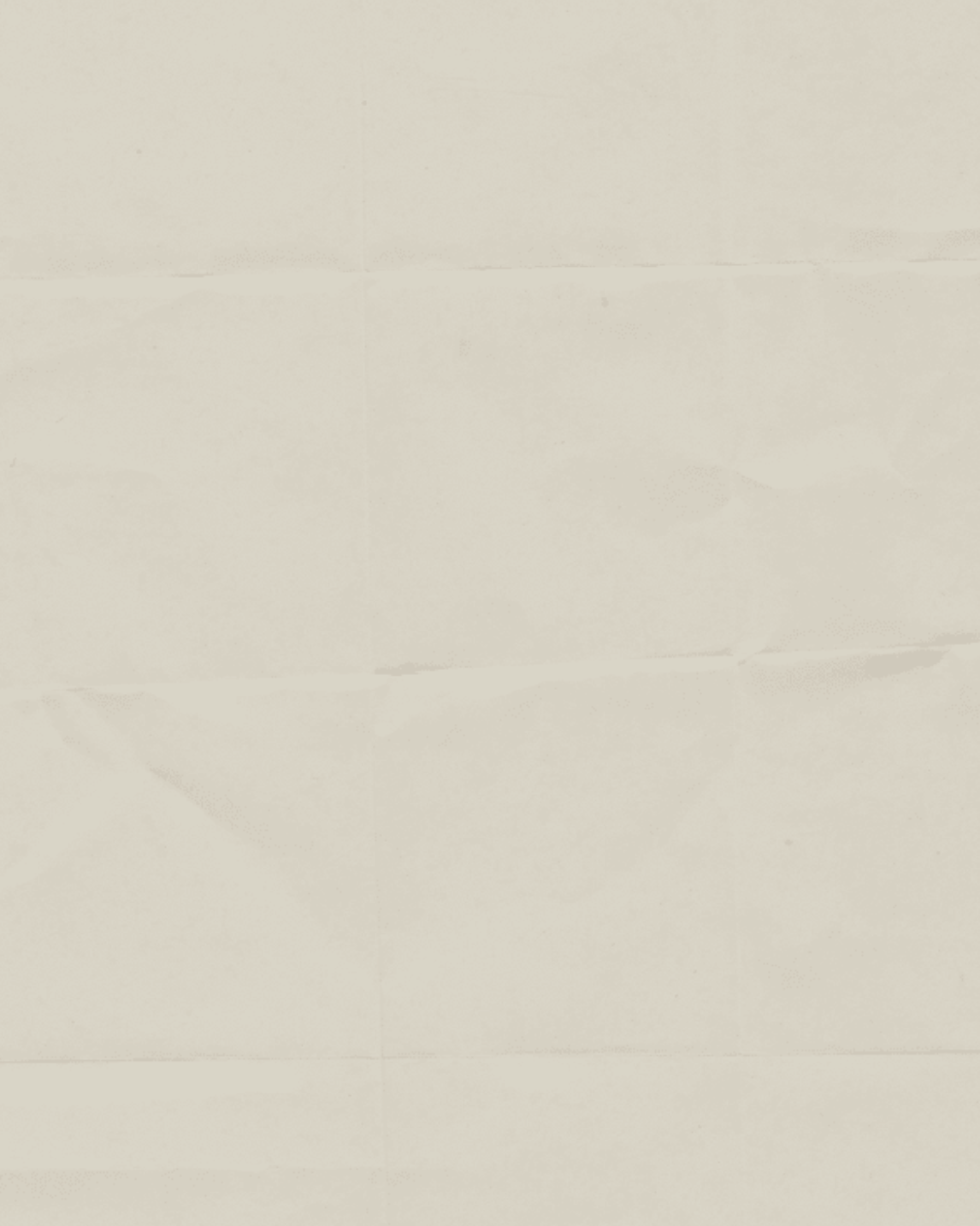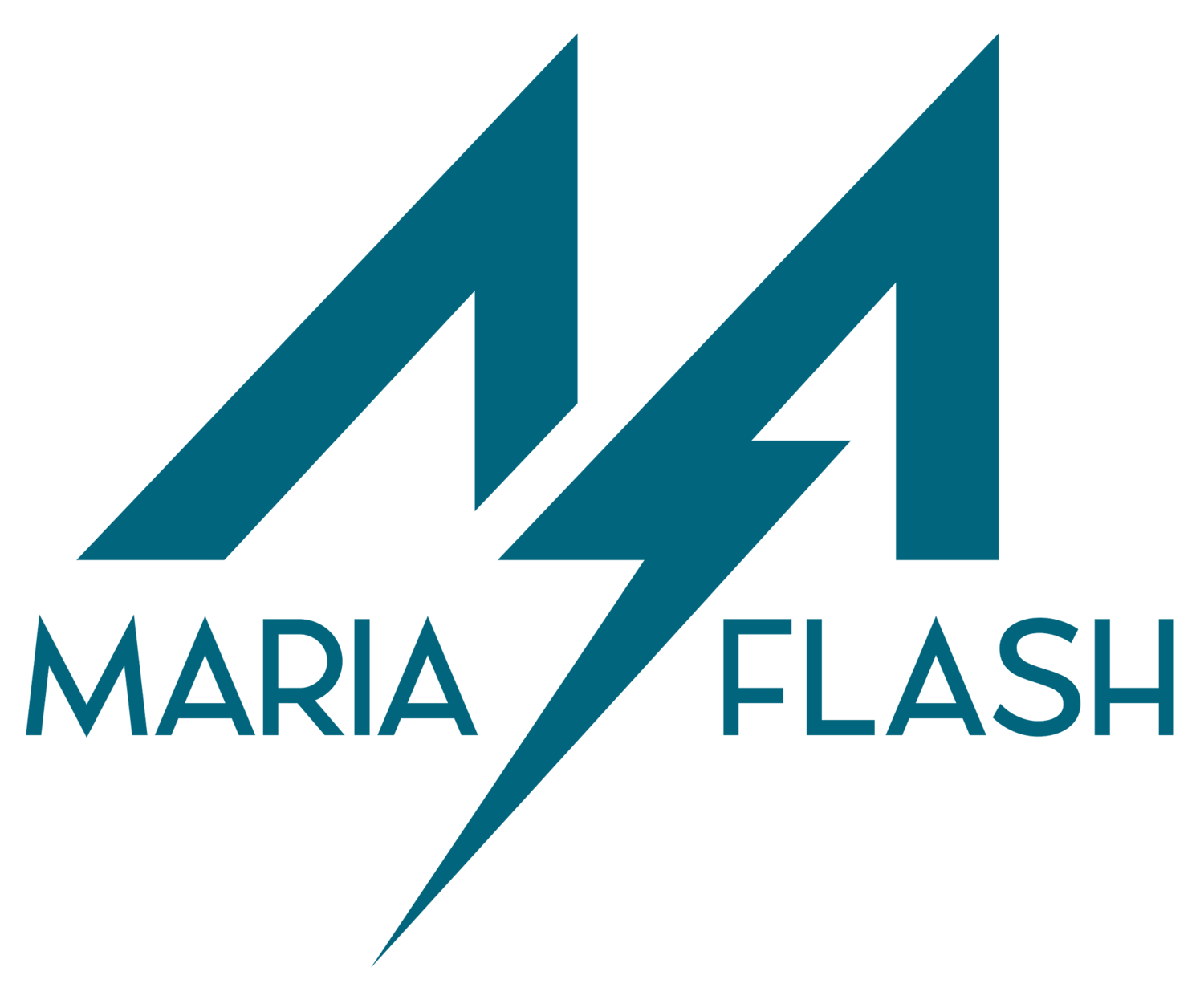
Interview with Kelly Cornell, Dallas Art Fair Director:
The Visionary Who Transformed Dallas into an Art Epicenter during April
Interview and Photos by: Maria Flash

A few weeks after the fair this year, I sat down with Kelly Cornell, director of DAF and a pivotal figure in the Dallas art scene, for helping Dallas to be included in the Art Calendar globally. Kelly, a young and dynamic leader, greets with warm hugs that embody her welcoming nature. Behind her her calm gaze and serene demeanor lies a brilliant mind. A graduate of SMU, Kelly holds a BFA in 'Studio Arts' with a minor in 'Arts Management and Artistic Entrepreneurship'.
Under Kelly's guidance, the DAF has flourished, bringing together public and private institutions and uniting key players across the art world. This evolution has not only invigorated the local art scene but also forged robust international connections, firmly establishing Dallas as a global art destination.

MF: Could you share with us your journey to becoming the director of DAF?
K: I started as an assistant, and the journey was quite organic. Over the course of a decade, I steadily learned the ropes and worked my way up through the ranks. This business is highly relationship-driven, so I've had the privilege of getting to know the galleries and watching their programs and artists evolve over the years. When the director opportunity presented itself, I was honored to take on the role and guide the fair's growth in both scale and caliber.
MF: Tell us about DAF’s mission and its most significant achievements.
K: The mission of the fair is to bring contemporary art to Dallas, where people can see and admire the work. The DAF Foundation focuses on supporting educational costs. The fair has become well-known in the international art circuit and has always had a civic-minded approach. We've supported various exhibitions and art education programs for all ages. Currently, we are supporting exhibitions at The Nasher and the Patrick Martinez exhibit at Dallas Contemporary, as well as Booker T. High School.


MF: What is the impact and transformation that occurs in the city during the art month?.
K: Dallas is completely transformed into a cultural center. It's a great economic engine that benefits the art industry and also other sectors such as restaurants and hotels, among others. The fair energizes and strengthens our local artistic community. Everyone puts on their best shows and events: galleries, museums, alternative fairs, and other art spaces like Power Station or The Warehouse strive to present excellent exhibitions. Additionally, private collectors open their homes and collections for VIP events, and artists open the doors of their studios, as in the case of Cedars Union with its now traditional Morning After Brunch.
MF: How do you select new galleries each year and how do you maintain the high level of quality at DAF?
K: We primarily work through referrals, starting by reaching out to participating galleries for recommendations. We also talk to curators, collectors, and art consultants for their input. Since the Dallas Art Fair is invitation-only, there is limited space for new galleries, so maintaining quality is essential. I’m constantly traveling, visiting galleries, meeting new artists, and attending other art fairs around the world to find fresh and interesting talent.

Interval by Ailbhe Ní Bhriain, Image courtesy the artist and Kerlin Gallery
Bought by the DMA through the DAF Foundation Aquisition.MF: Tell us about the DAF Foundation Acquisition Program.
K: The curatorial team, conservators, and the museum have the final say on which art pieces are purchased for the DMA through the Dallas Art Fair Acquisition Program. Donors who contribute funds are also involved in the process — they participate in the tour, ask questions, and share their opinions, which are taken into consideration when making decisions. The museum does thorough research, gathering information from galleries about the works they are presenting, ensuring they have all the details needed to make informed choices.
The Dallas Art Fair Foundation Acquisition Program, established in 2016, has made significant contributions to the city's collections, temporary exhibitions, and educational programs. The main beneficiaries of the program are the Dallas Museum of Art (DMA), the Nasher Sculpture Center, and the Dallas Contemporary.

SJAMBOKLAND by Tania Petersen Image courtesy the artist and Nicodim Gallery
Bought by the DMA through the DAF Foundation Aquisition.MF: What type of art is trending at the moment?
K: This year, three large works were acquired by the program, and two of them are from the textile family. As someone who comes from the textile industry, this excites me tremendously. It's fascinating to see how a simple thread can transform into fabric or textile and become the foundation for a work of art.
I'm glad textiles are having their moment in the spotlight. I’ve always been drawn to them. They are powerful and complex, yet can express so much with such simple materials. The beauty that emerges from a single thread being woven into fabric is remarkable, and there’s just so much depth to the work.

Piece by Michelle Segre. Photo Paola RozoMF: Tell us about the exhibition curated by Sara Hignite at Beck Park and the collective space, especially the work “I Talk to The Trees.”
K: This year, we decided to have an outdoor exhibition at Beck Park, a public space just outside the fair, and asked the curator Sara Hignite. Visitors were greeted by sculptures and installations, including the piece "I Talk to the Trees" by artist Michelle Segre. It’s a large, playful textile artwork that resembles a giant 'God’s eye' and plays with the viewer’s sense of proportion. I loved it, and as the name suggests, this piece was supported by trees, creating a dialogue between them.

Piece by Patrick Martinez. Photo Paola RozoMF: The DAF staff wore T-shirts with one of Patrick Martinez's pieces exhibited at the Dallas Contemporary. What led to this decision?
K: This year, we wanted to do something different, something impactful. I thought it would be great for the fair staff to wear something meaningful, and when I thought of Patrick's work, I knew it would be perfect. We printed one of Patrick Martinez's pieces on T-shirts, which features Angela Davis's famous quote, "I am no longer accepting the things I cannot change. I am changing the things I cannot accept," in neon. The T-shirts were for sale, and all proceeds were donated to the Dallas Contemporary.

MF: Can you describe the profile of a collector or buyer of Latin American art?
K: A collector, buyer, or observer is looking for works that make them feel something, that moves them, and allows them to identify in some way and see something of themselves in the work, beyond just a simple investment. They greatly value the personal connection with the pieces they acquire. I also want to highlight the Thoma Foundation's private collection of Latin American art, which recently moved part of its collection to Dallas.
MF: What advice would you give to young collectors or people interested in starting an art collection?
K: Study, ask a lot of questions, and above all, buy works that make you feel something, that move your spirit. It’s important to identify with the artworks you acquire.

MORE ARTICLES
Oliver Stone in Dallas
Dallas Art Fair 2024
Featured Latin American Artists DAF2024
Oliver Stone en Dallas
Spanish version
Kelly Cornell Dallas Art Fair Director
Spanish Version

Original version published in spanish in Latinos TX Magazine on July 2024
All Rights reserved copyright Maria Flash - Maria Elisa Duque











